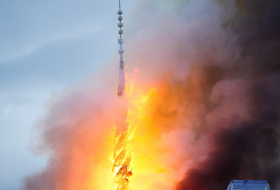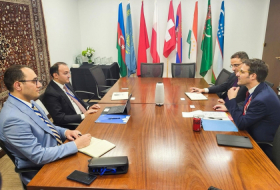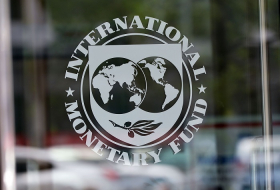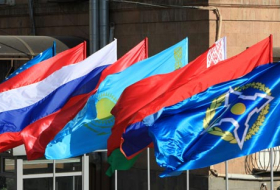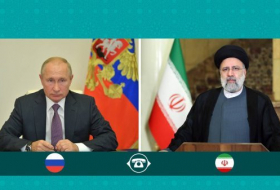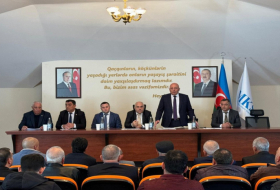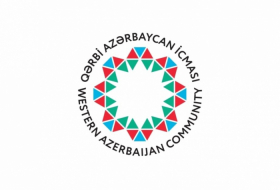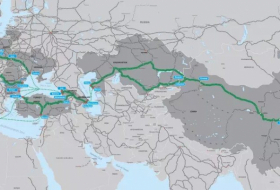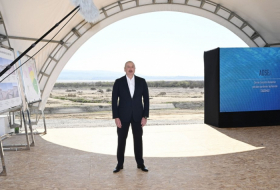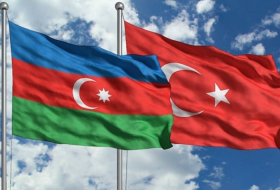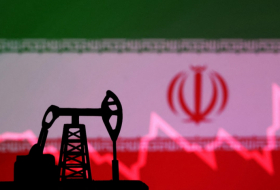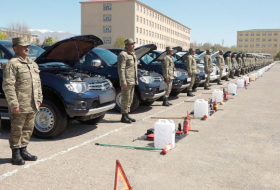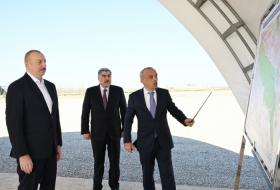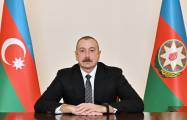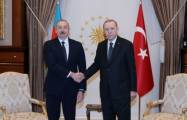Current dynamics in the Nagorno-Karabakh conflict and the next steps in the peace process were discussed during a video conference held on Jun. 29 and 30.
The OSCE said that Co-Chairs of the OSCE Minsk Group (Igor Popov of Russia, Stéphane Visconti of France, and Andrew Schofer of the US) met separately and jointly via video conference with Armenian Foreign Minister Zohrab Mnatsakanyan and Azerbaijani Foreign Minister Elmar Mammadyarov.
During the meetings, parties talked about the public health situation in the region, current dynamics in the Nagorno-Karabakh conflict, and next steps in the peace process. Personal Representative of the OSCE Chairperson-in-Office (PRCIO) Andrzej Kasprzyk also participated in these discussions.
The co-chairs emphasized the importance of promoting and maintaining an atmosphere conducive to peace and favourable to substantive negotiations. They assessed positively the relative stability on the ground and expressed satisfaction that the sides continue to use existing direct communication links to avoid escalation.
Recalling their statement of Mar.9, 2019, however, the co‑chairs noted with concern that recent provocative statements, inflammatory rhetoric, and possible steps intended to change the situation on the ground in tangible ways could undermine the settlement process.
"The co‑chairs stressed that there is no military solution to the conflict. They urged the sides to take additional steps to strengthen the ceasefire and to prepare the populations for peace. The co‑chairs also stressed the urgency of resuming monitoring exercises under the leadership of the PRCIO as soon as conditions allow," the OSCE said.
The co‑chairs and foreign ministers agreed to hold another joint video conference in July and to meet in person as soon as possible.
The conflict between the two South Caucasus countries began in 1988 when Armenia made territorial claims against Azerbaijan. As a result of the ensuing war, Armenian armed forces occupied 20 per cent of Azerbaijan, including the Nagorno-Karabakh region and seven surrounding districts.
The 1994 ceasefire agreement was followed by peace negotiations. Armenia has not yet implemented four UN Security Council resolutions on the withdrawal of its armed forces from Nagorno Karabakh and the surrounding districts.
Trend
More about:









